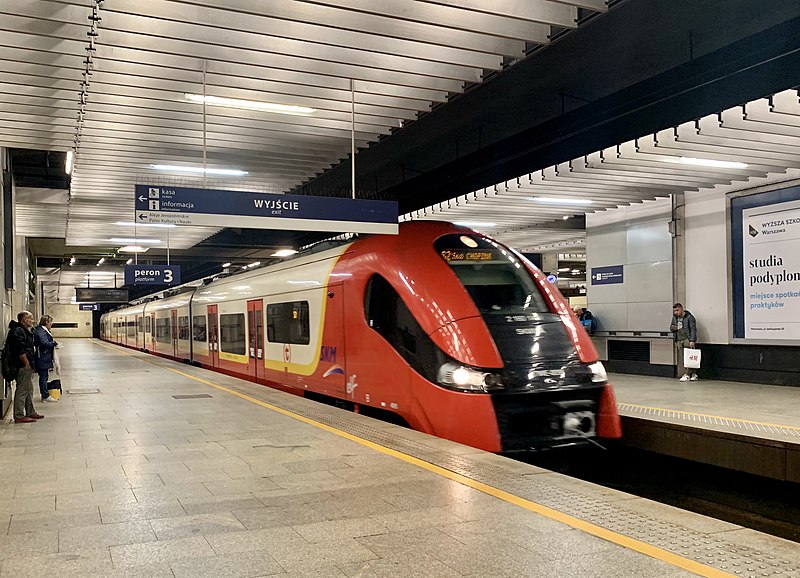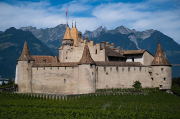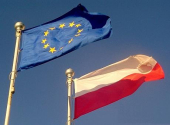
Poland is embarking on a significant rail infrastructure transformation outlined in its updated National Rail Programme, with a keen focus on electrification, modernization,
and enhanced connectivity by 2030.
Over the next seven years, Poland aims to electrify nearly 1,400 kilometers of railway lines, enabling the deployment of electric trains to offer more modern, comfortable, and efficient services. The Polish National Railway Programme, which was recently updated and approved by the Council of Ministers, provides a long-term strategy until 2030, succeeding its previous version that was in effect from 2015 to 2023. The National Railway Programme (NRP) is a multi-year initiative covering investments in railway infrastructure, financially supported by the Ministry of Transport.
Significant Investment A total of 17.8 billion euros (PLN 80 billion) will be invested from 2021 to 2027. Andrzej Adamczyk, the Minister of Infrastructure, expressed optimism about the future of rail transport in Poland, saying, "The government's adoption of the new National Railway Programme means a new era for railway investments in Poland. I am confident that this will further boost rail transport development in Poland, as it has been progressing since 2015."
The outcome of these investments until 2030 will be faster connections. For the first time in history, Poland's railway network will accommodate passenger trains with a maximum speed of 250 km/h. The first segments to feature such high-speed limits will be Central Railway line No. 4 and the section connecting Ełk, Suwałki, and the Lithuanian border, forming part of the Rail Baltica network, a new high-speed rail system serving Estonia, Latvia, and Lithuania, with connections to Poland. Several other railway sections in Poland will be upgraded to speeds ranging from 120 to 200 kilometers per hour.
Filling Connectivity Gaps Moreover, Poland plans to incorporate several new railway sections into its network to address areas currently underserved. In regions like Nowy Sącz and Beskid Wyspowy, where the lack of rail connectivity is significant, there are plans to reduce this "transport exclusion." For example, the travel time between Kraków and Zakopane currently takes nearly 3 hours, and between Kraków and Nowy Sącz, it exceeds 2.5 hours, with a circuitous route through Tarnów. The "Podłęże – Piekiełko" project will bring a revolutionary change, with various sections of the line modernized and a new railway connecting Podłęże near Kraków to Tymbark and Mszana Doln. After completion, the travel time between Krakow and Nowy Sącz will be reduced to about an hour.
Other projects include constructing a rail connection between railway lines 106 (linking Rzeszów and Jasło) and 108 (connecting Stróże, Jasło, Krosno, Nowy Zagórz, Ustrzyki Dolne, and Krościenko). Currently, travelers heading south from Rzeszów towards Krosno and the Bieszczady region must switch the train's front end at Jaslo station, causing inconvenience and limiting rail traffic possibilities. By connecting these two lines, railway operators can establish direct connections between Rzeszów, Krosno, Nowy Zagórz, significantly reducing travel times and improving accessibility.
Similarly, a connector between railway lines 108 and 110 is planned, further enhancing Poland's railway network as part of the NRP's investments. Photo by Kgbo, Wikimedia commons.



































